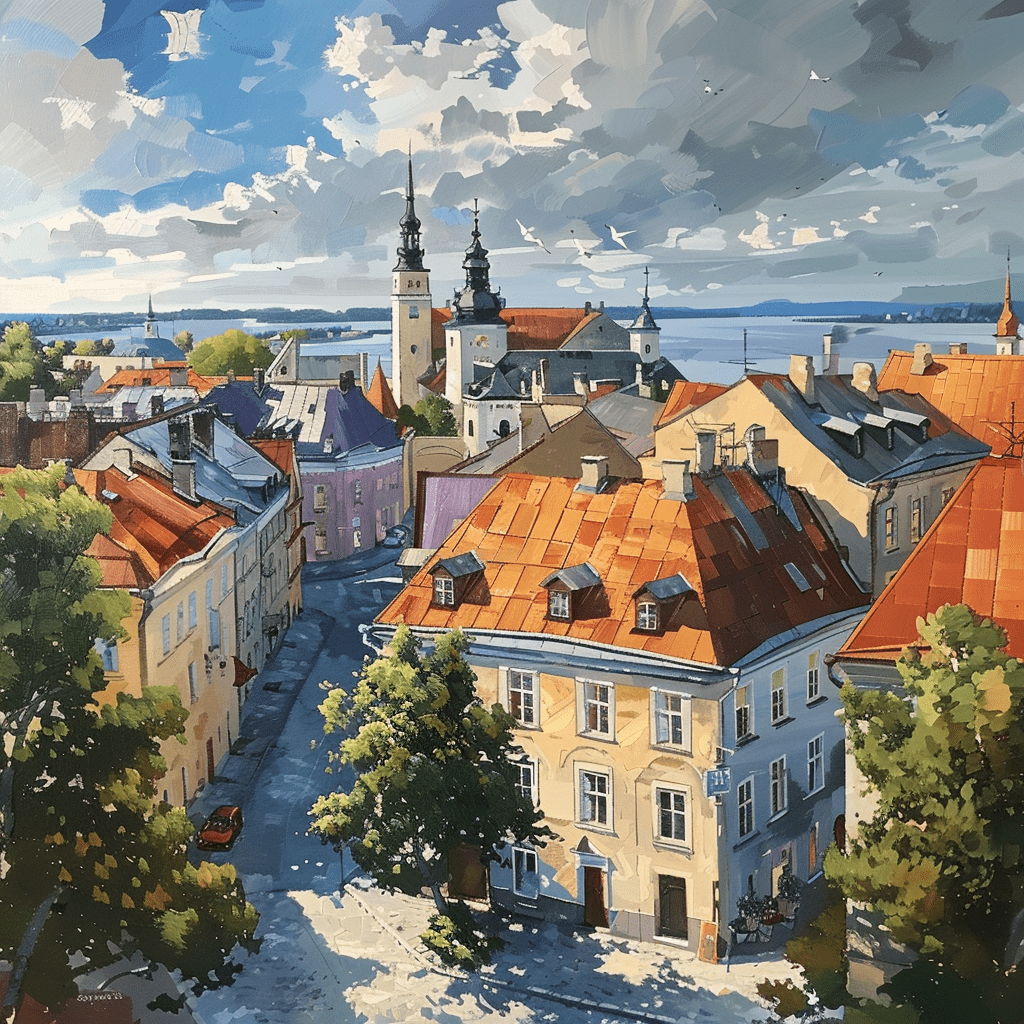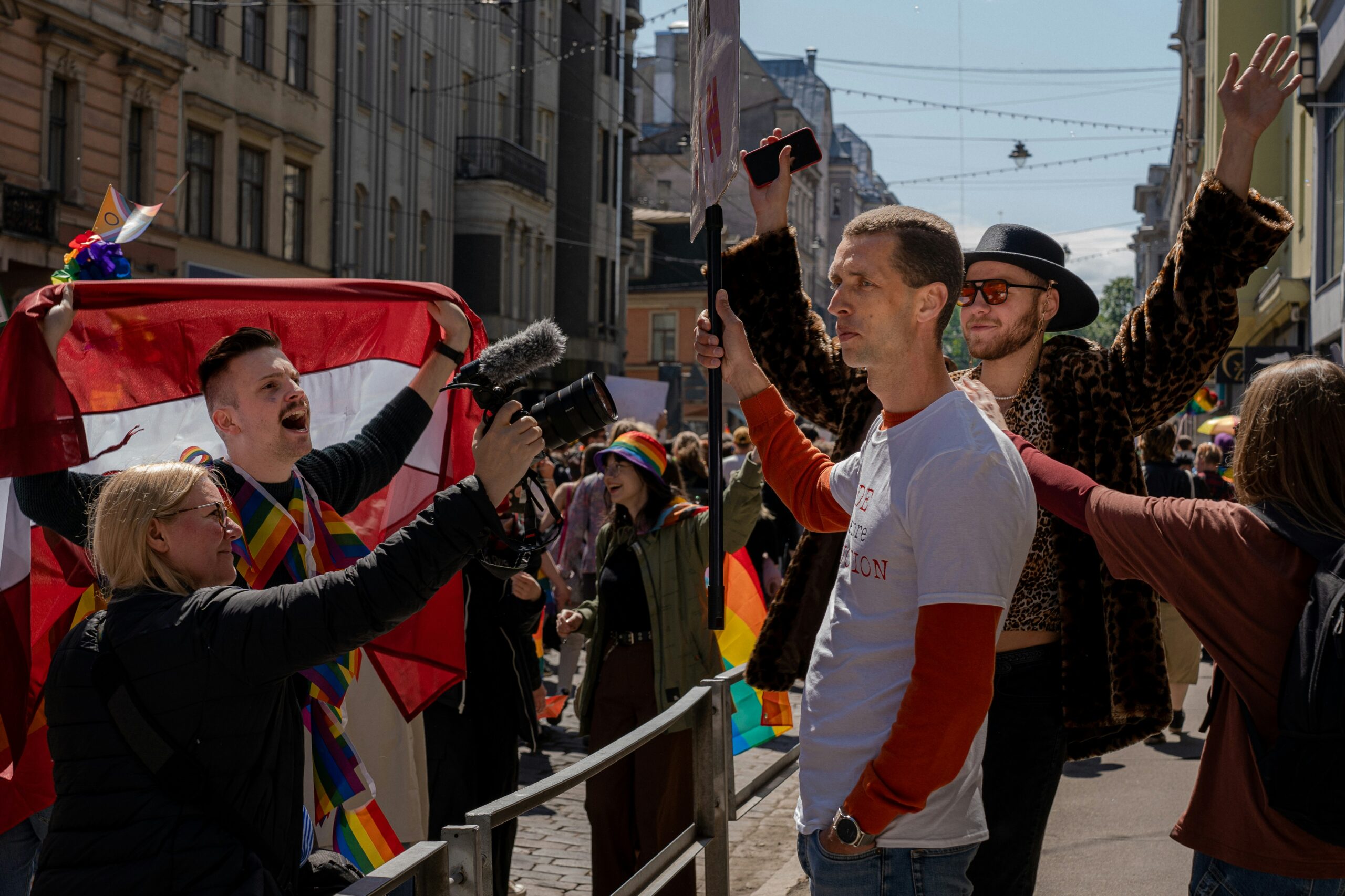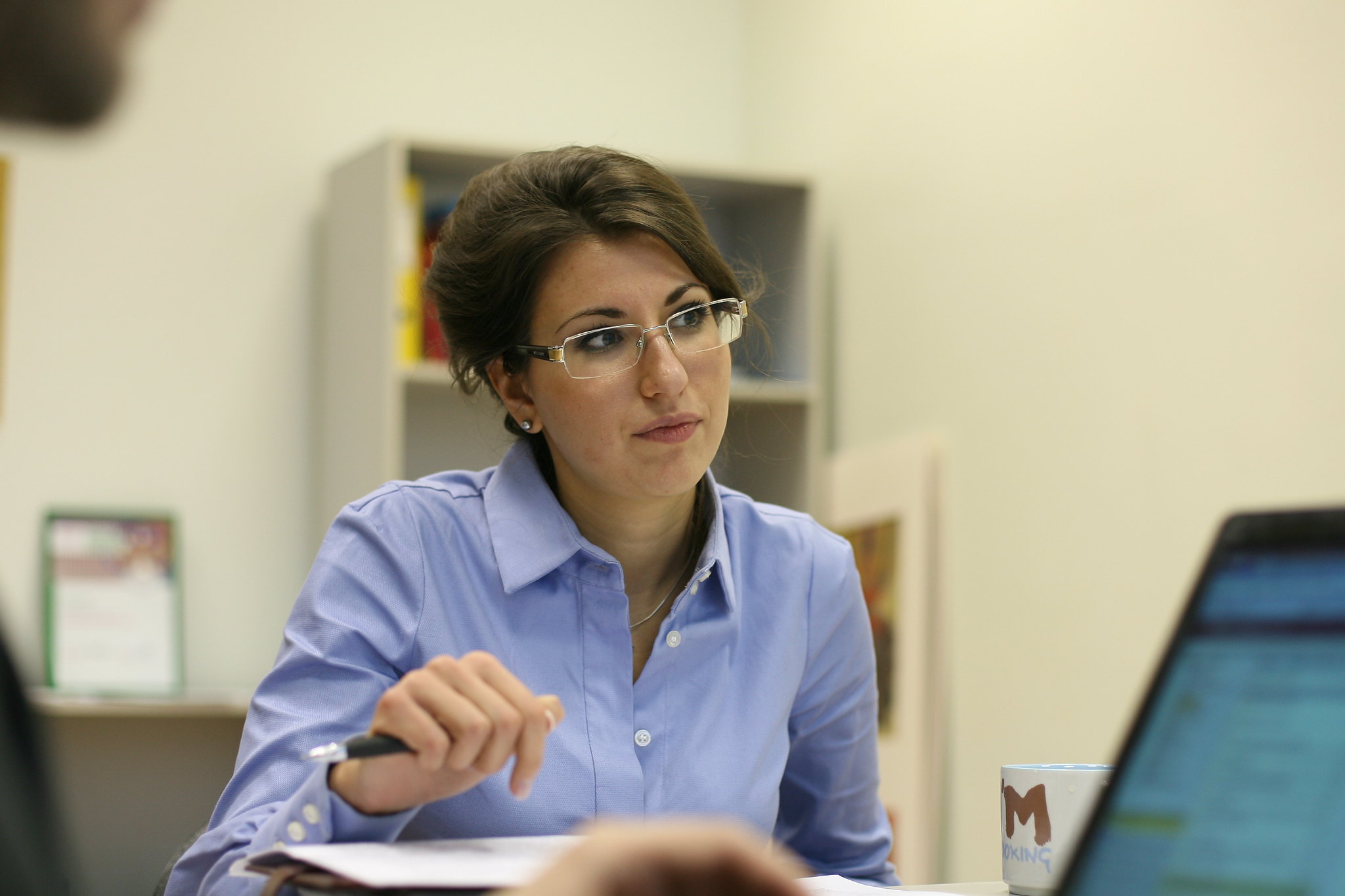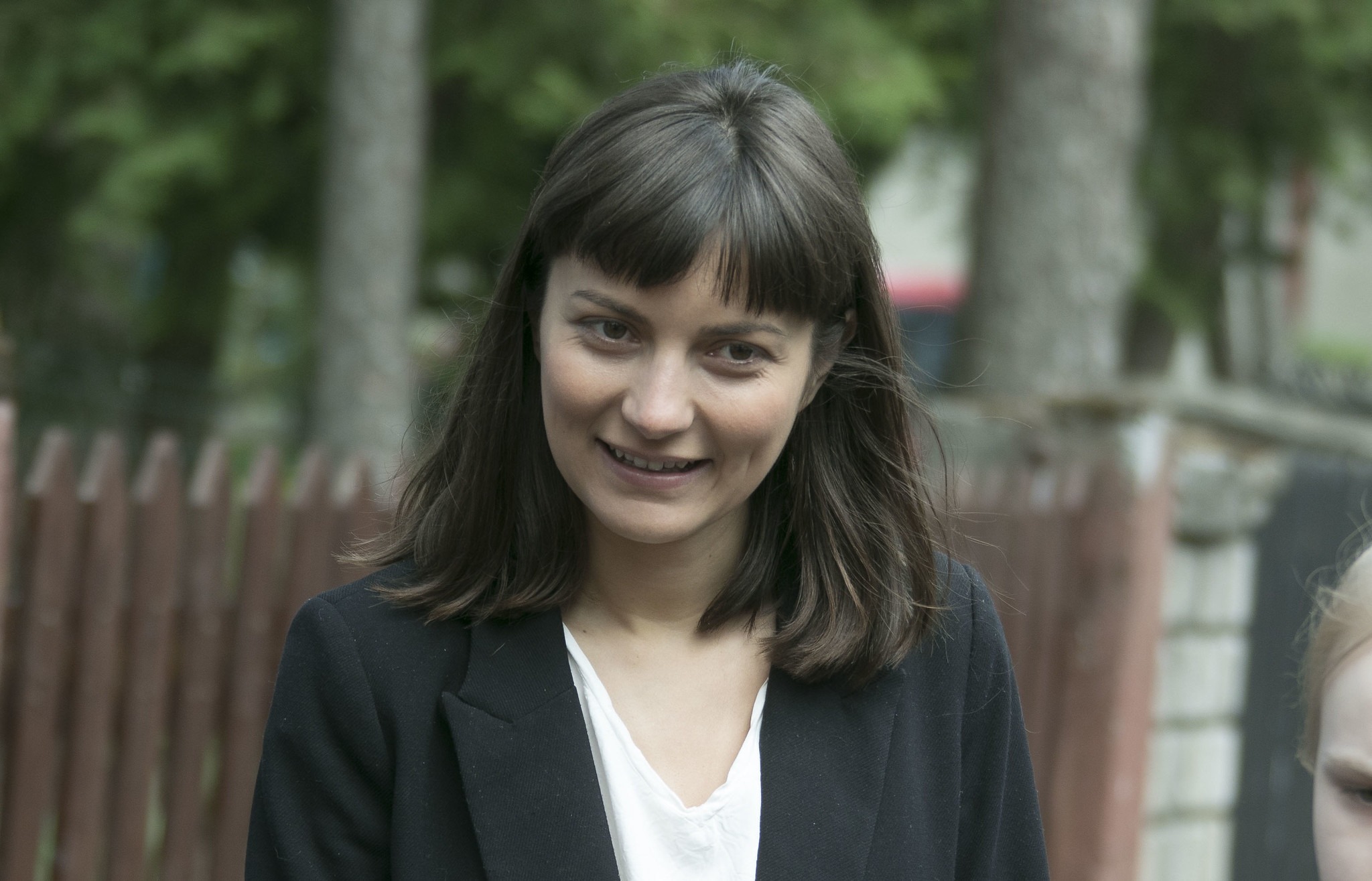
Key Insights:
The Estonian social media and web-based media actors during the reporting month predominantly were still focused on the Estonian/Russian language policy issues, human rights issues, democracy and trust towards elected officials, and war in Ukraine as well as the international security situation in general. Accordingly, the main narratives that were spread over the social media were the following:
- Estonian Independence Day
- The death of Navalny
- Blaming Ukraine for starting the war in 2014
- The Estonian government causing the poverty levels to rise
- Price hikes in Estonia
- Tucker Carlson’s interview with Putin
- The government not caring about teachers’ jobs
- Ukraine being a tool of the USA and the west
Overview of findings:
- A total of 551 social media posts were monitored on Facebook, Twitter, Vimeo and Telegram channels.
- An Awario media monitoring tool reveals the remaining importance of Russia’s aggression against Ukraine, “Ukraine” and “the war”, “USA” in Estonian media in Estonian and Russian languages (see graph above) scores near around 238 mentions. Data from the monitoring tool also shows that nearly a quarter (24.7%) of these items held a negative sentiment. That signals the easy usage of war for the spread of anti-Ukrainian and anti-government narratives which are related to the language policies as well.
- Awario has also revealed the notable reach of the same social media pieces (see the graph below) that includes mentions of Ukraine, the war and the language policies, especially beginning and end of the month, when the war in Israel began and introduction of the Estonian language in the schools was debated by the end of the month.
Story of the month: Jana Toom: I Alson Have a Dream
In this article that Jana Toom wrote on Estonian Independence Day which was posted on https://yanatoom.ee/in-press-i.php?lang=ru&id=10688 she highlights things that she wishes would change in the future about Estonia. These things include things such as mentioning that she hopes that a group of people in Estonia will no longer be demonized by the majority and that everyone could be seen as equal despite their nationality. She also states things she wishes would be changed about the government and the economics of Estonia, while putting blame on the government and politicians, stating that they are the cause of economic problems.
In this Article Jana Toom is delivering kind of a Martin Luther King speech in a “I have a dream” style, pretending to be as defender of the most oppressed in the Estonian country. She actually dreams of an Estonia where the government “does not look at the people from the heights of Toompea, but listens to the people and conducts a dialogue with them. Not some abstract dialogue, but a very concrete one: every elected deputy devotes at least several hours every week to meetings with voters and civil associations and finds time to solve their problems’’, asserting, that the quite opposite must be true. Of course, we can agree with Jana Toom that this “feedback reaches the government through the deputy, because the Riigikogu is literally “the council of the state,” and not a stamp approving all government decisions.
Everything, of which Jana Toom is dreaming, we should take it as non-existent in Estonian political life. Moreover, Jana Toom, she has a dream of an Estonia where there is no place for “political arrogance – and an arrogant politician, be it a prime minister or a township elder, turns into a political corpse. She dreams of an Estonia where “you don’t have to go on strike to get a collective agreement. Where the government does everything in its power to strengthen trade unions, where it is allowed to strike for political reasons, where workers are valued and respected no less than entrepreneurs, athletes and scientists. Where people are not afraid to stand up for their rights and know that this can be done effectively.” Just a moment – so the reader may assume, that none of this is existing in temporary Estonia? What about all the political and societal compromises, that have been made throughout the process of Estonian democratic governance? None of these are applicable?
And nevertheless, Jana Toom is dreaming of an “Estonia where the implementation of the principle of “divide and rule” is reprehensible, even if it seems to be an effective and necessary solution, because in any case it is the fall of democracy. Where no one is broken over the knee, where part of the population is not demonized, creating the image of an internal enemy in order to achieve political success. Where people of different nationalities look at each other without prejudice. Where there is no political narrative that places some nations above others”, – this is the moment, when Jana Toom is overly backing up Kremlin’s propaganda narrative of the hopeless and corrupted political system of Estonian governance, pointing on mistrust, discrimination of the one nation under the superior one and humiliating all the nation which is broken “over the knee”.
In addition, Jana Toom is dreaming of an Estonia “where the expression “political solution” does not mean mindless political deals, but the best possible solution (..) About Estonia, which is guided by the best examples of economic and social policies of successful countries in the world. Where good decisions are not abandoned just because those in power remain faithful to once learned dogmas. Where global decisions are discussed before the government approves them. She dreams of an Estonia that, being part of the EU, truly follows European values. About Estonia, where the government does not kill the directive protecting the social rights of platform workers in the EU Council and does not oppose making rape a criminal offense. (Yes, Estonia did this and that not too long ago.)
Finally, she also dreams of an Estonia “that is based on freedom, justice and law, a stronghold of internal and external peace, and a guarantee of social progress and the common good for present and future generations. Freedom, justice and law. Caution and wisdom. Openness and democracy.
I she asking for too much or she is just an uniformed citizen or the Kremlin’s troll?









